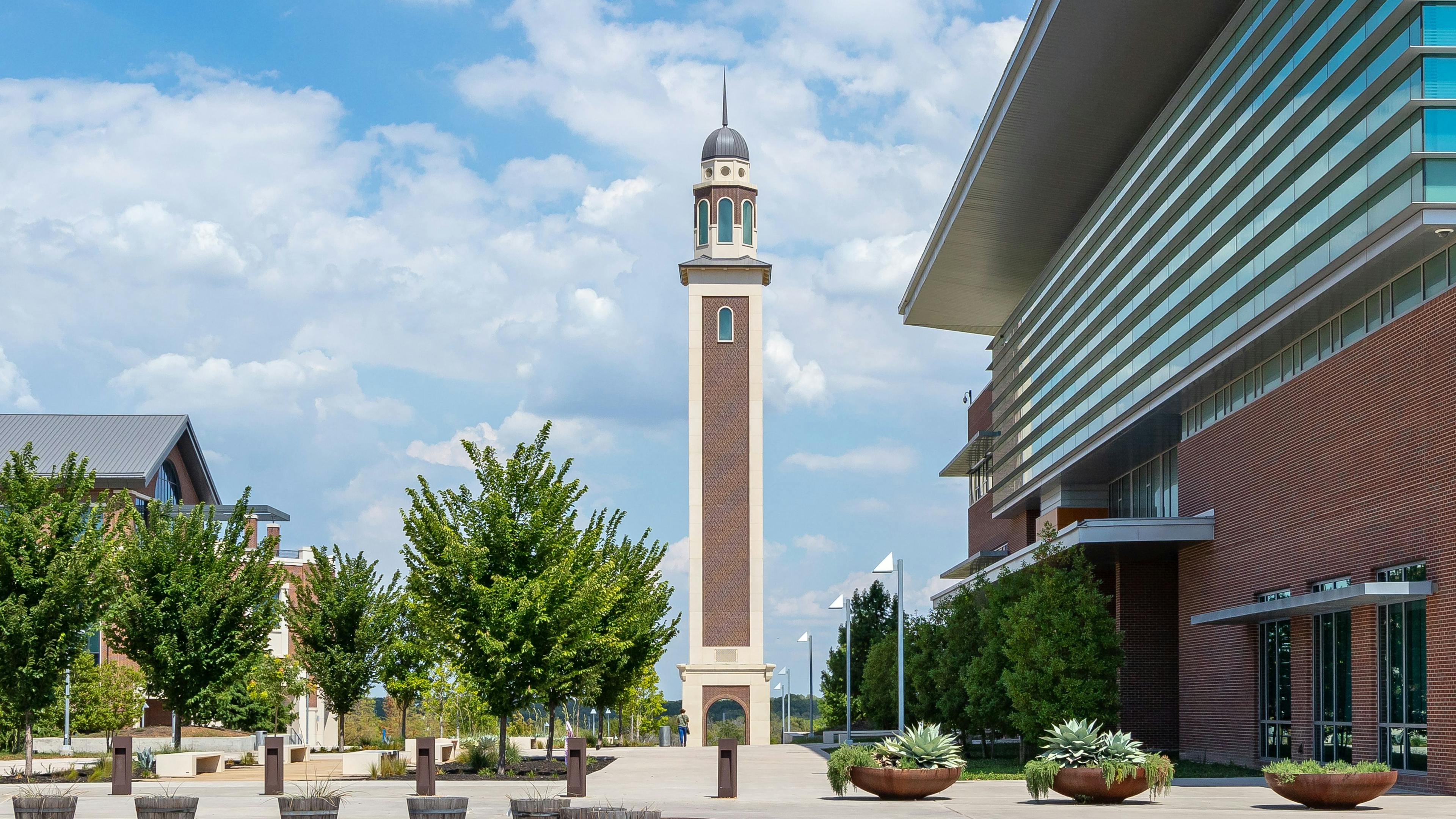
How Contractors Can Combat Supply Chain Disruptions Post-Pandemic
It comes as no surprise that the construction industry has faced great adversity this past year. With economic shutdowns and industries on pause, construction companies have wondered how they would deal with the supply chain obstacles, price increases and project backlogs that stem from the pandemic. As a result, the industry was forced to be dynamic in its response to many challenges that it brought about.
Construction, commercial and residential, has only continued to expand as demand for projects has grown due to the delays from the early times of the pandemic. However, this growth in construction and increased demand has also put a strain on one of the most important aspects that keeps the industry functioning smoothly: the construction supply chain.
Contractors will be responsible for addressing these concerns throughout the remainder of 2021 and beyond. In fact, many of these hurdles have shaped how contractors will conduct business in the future. As construction projects continue to rise, general contractors’ needs for construction materials and supplies have also increased, creating a surge of demand that’s been weighing heavy on the supply chain.
Here’s a deeper look into recent trends in the industry and ways contractors can work to alleviate these negative effects.
Labor Shortages
While the COVID-19 pandemic played a role in escalating the labor shortage issues, this had been an issue the construction industry has been faced with for years. As many U.S citizens were previously getting paid more from added unemployment benefits, there was less of an incentive to return to work. This has taken a toll specifically on the construction industry which is greatly lacking the much-needed skilled laborers to keep work flowing. According to a recent report from the U.S Chamber of Commerce, 92% of contractors report difficulty finding workers, and of those, 42% have turned down work and projects due to a lack of skilled workers.
Fortunately, the COVID-19 federal relief programs, including the SBA’s Paycheck Protection Program as introduced by The Coronavirus Aid, Relief, and Economic Security Act, have helped contractors maintain employment levels throughout project delays.
Price Escalations and Cost of Materials
One of the earlier signs of supply chains struggles was the increasing material costs of critical construction materials: steel and lumber. The industry saw pricing escalating and due to pricing and availability, these costs continue to negatively impact both construction companies and potential owners seeking to hire the construction companies for new projects. This remains to be a top concern among contractors with 62% of contractors stating less availability of building products and materials as a result of COVID-19 is a concern.
Sudden price fluctuations can dramatically impact companies who may have just recently won a bid or were mid-job using a lower rate. In this instance, when the pandemic and the resulting supply chain issues hit, it is likely that original budgets were going to be affected and would cause over runs on projects due to new pricing on various materials.
As 2021 continues, pricing is starting to balance back out and return to pre-pandemic levels and material costs, such as lumber, are slowly declining. It is anticipated that as 2022 approaches, steel and additional materials will begin declining as well.
Paused Projects and Backlogs
Due to delays in materials, contractors have been forced to pause ongoing projects. Contractors are also experiencing project fade, as only a number of clients have been able to issue change orders to recoup some of the higher costs. In this unprecedented environment, staying on top of pricing and being proactive with customers is the best way to mitigate any extreme budget overruns.
As pricing rebounds throughout the remainder of 2021, contractors located in areas that experience extreme weather conditions should keep the end of construction season top of mind. Rather than holding off until later in the year to pick up on paused projects, contractors may want to work with customers to strategize next steps on these projects to be proactive.
Decreased Backlogs
As projects pause in anticipation of material shortages, the demand is slowing down. With this in mind, contractors experienced a decrease in job backlogs as the pandemic continued. Almost a year into the supply chain challenges, contractors are trying to become more aware of their ability to perform under these circumstances and more strategic about which projects they are choosing to move forward with.
The Future of Construction Supply Chain
As the industry rebounds, contractors can reflect on the various supply chain obstacles experienced this past year to become more strategic in their operations moving forward. While the challenges faced as a direct result of the pandemic are extraordinary, the residual effects are likely to repeat itself in the future.
These supply chain challenges can serve as a learning experience for contractors. As companies continue to navigate material delays and price increases, they must be strategic about bidding on new projects and picking up on paused jobs. When applicable, contractors should continually factor in the future cost of materials into quotes, and they should also look to include price acceleration and force majeure clauses in future contracts in the case that another pandemic or emergency event presents itself.
Being proactive on bids and upcoming projects can have extreme benefits as the country emerges from the pandemic. Companies should have all contracts reviewed by an attorney, as they may be able to think ahead on items that should be included in contract verbiage based on experiences throughout the past year.
Lisa Palladino is a CPA and partner at The Bonadio Group. Lisa provides professional services to a wide range of organizations including construction, retail, manufacturing and service companies.
Related stories








